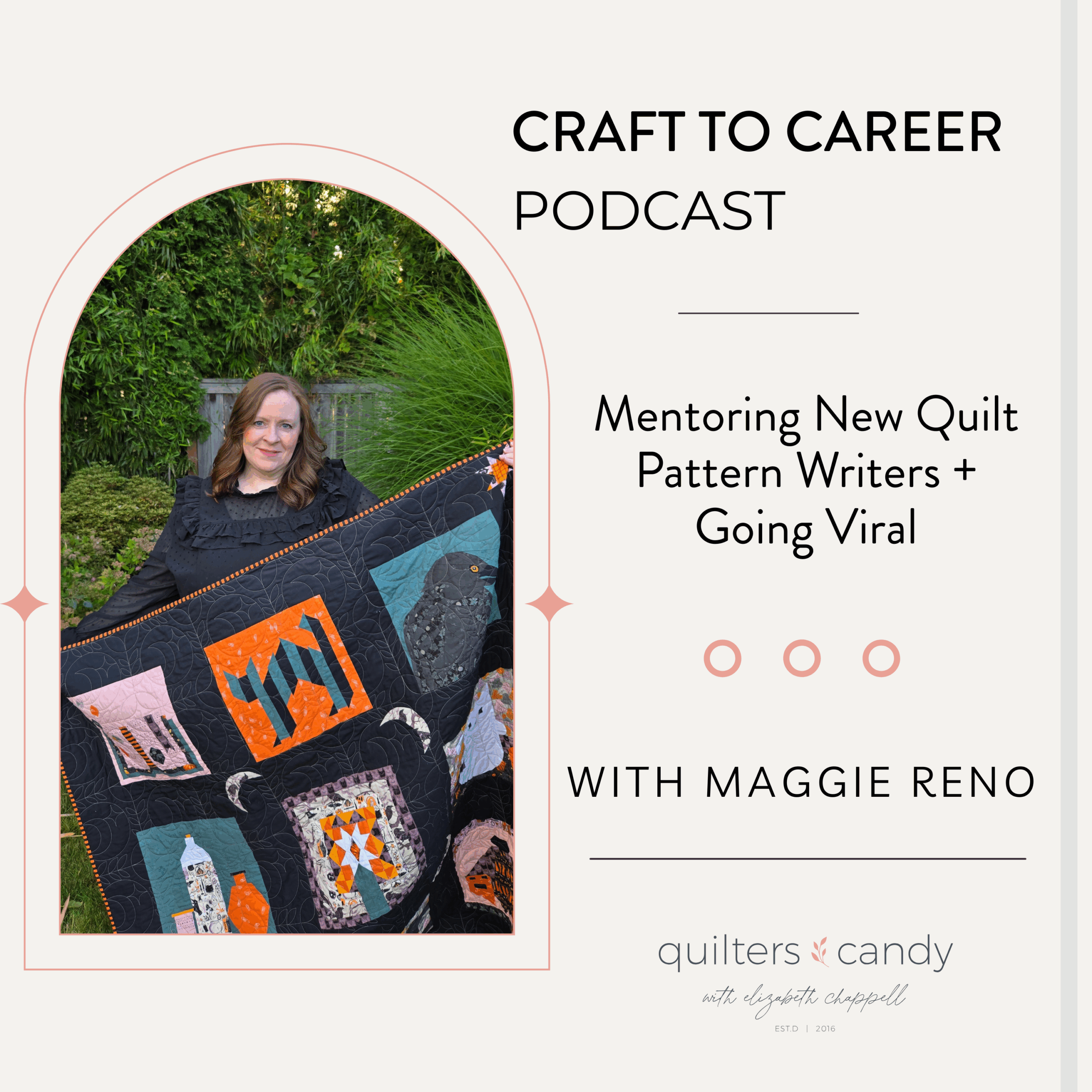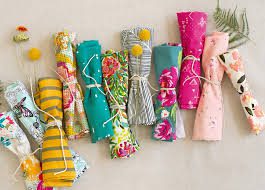Learn why the Fabrics you use for Face Masks REALLY Matters
Have you heard a lot about DIY face masks lately? If you are like me, you might be a little weary of all the DIY face mask posts and photos. I don’t know if I can put into words how I am feeling about it, but I’ll try.
WHY I’M WEARY OF FACE MASK POSTS
Am I qualified to make something of such importance?
Do these masks REALLY make a difference and help, or is it a false sense of security?
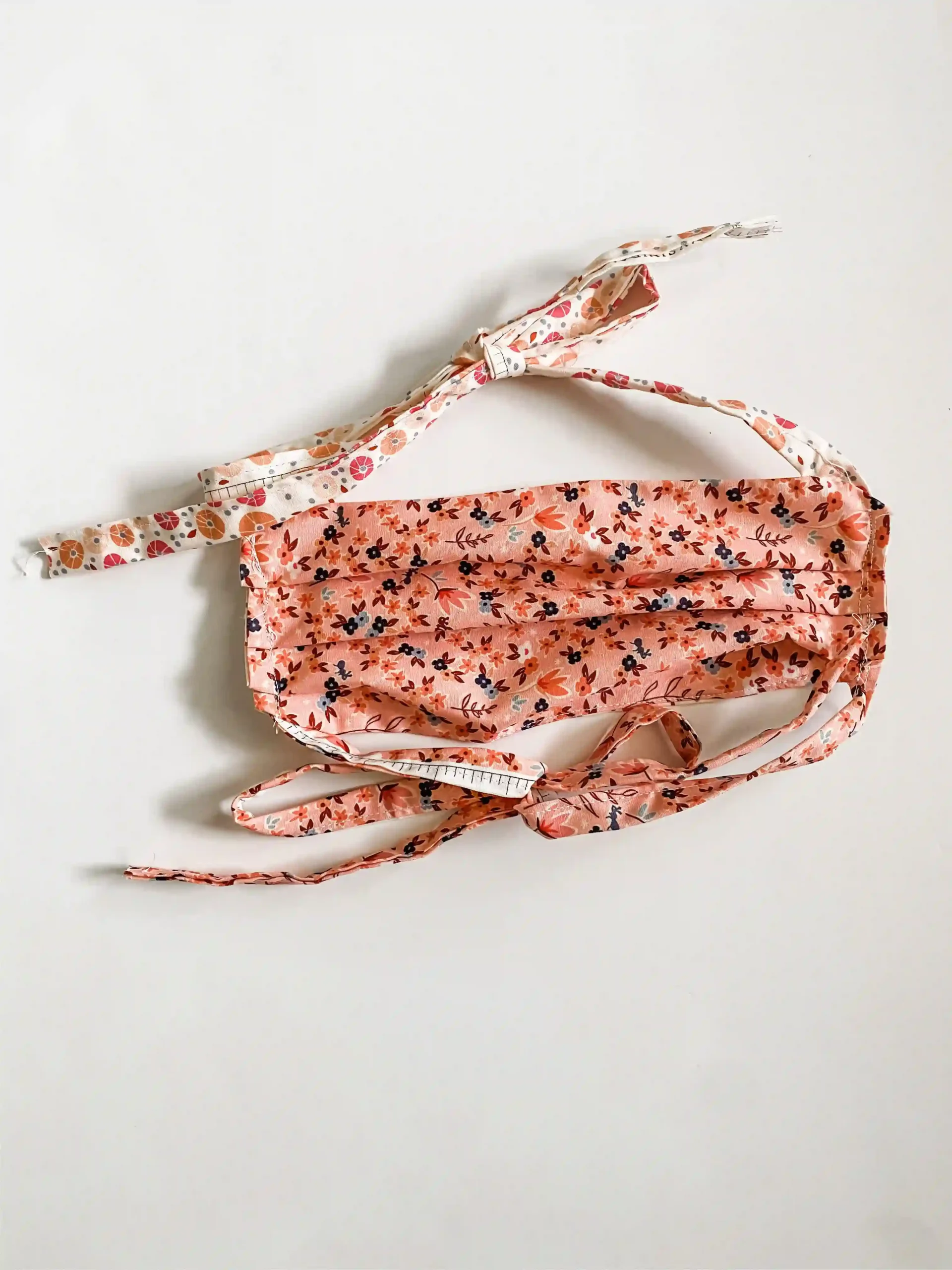
And so I haven’t made a fabric mask yet. That was until I got asked today by our local hospitals to make masks for health care workers in our area. Now that I am making masks, I want to make sure I know what I’m doing.
WHAT IS THE BEST MATERIAL FOR DIY FACE MASKS
In this New York Times article, scientists tested all sorts of materials to see what the best filter is for DIY face masks. We’re talking testing vacuum filters, HEPA furnace filters, coffee filters. And guess what they discovered? QUILTERS COTTON FABRIC is the most effective filter for DIY face masks. Go figure!
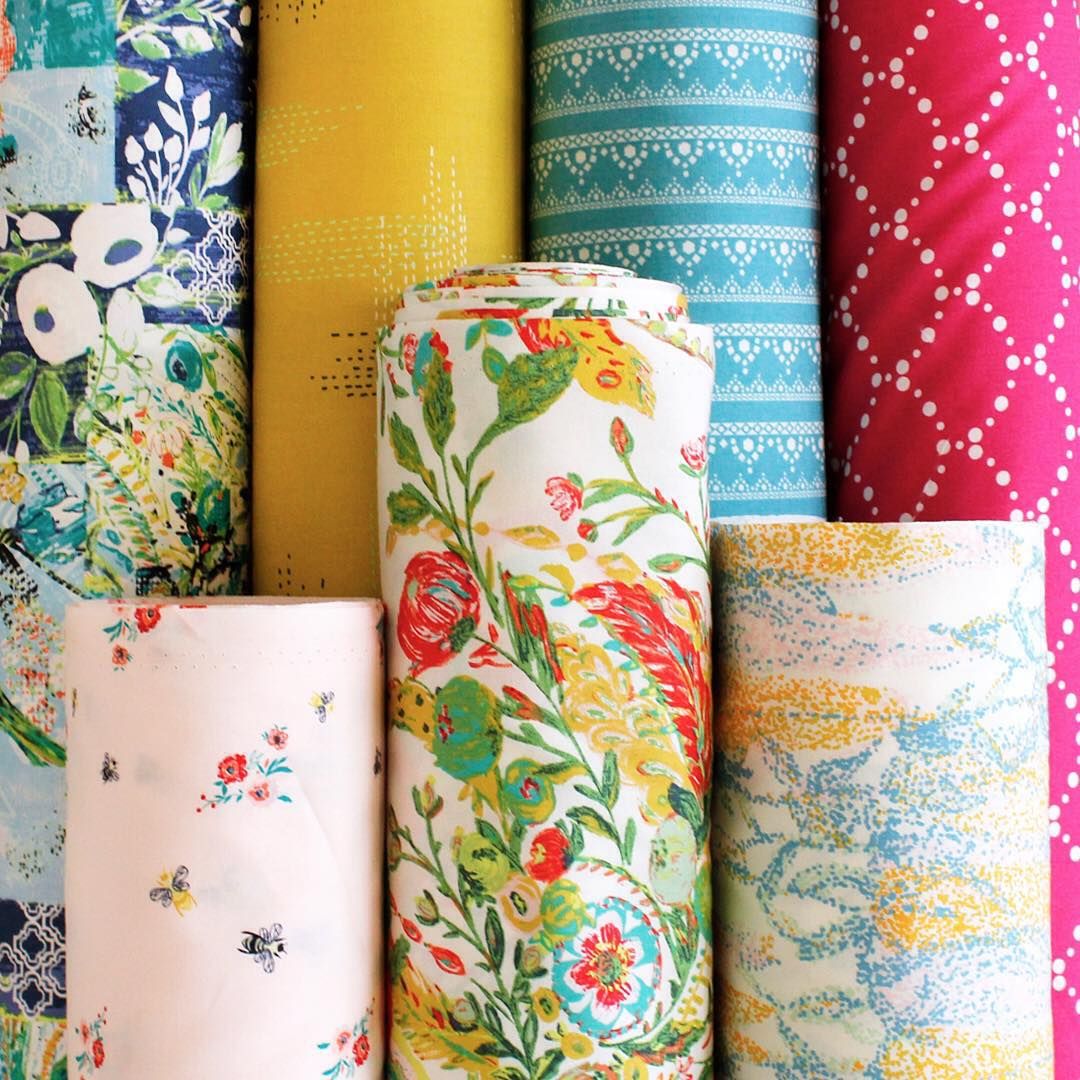
NOT ALL QUILTING FABRIC IS THE SAME
Trust me, I am NOT trying to push a product here. If there is anything more inappropriate at this time, it would be that. But I DO want to share a fabric that I am very familiar with, and why, if you have access to it, I would highly recommend using it to make face masks.
Art Gallery Fabric (AGF) is the highest thread count fabric I know of. The average quilting cotton fabric has a thread count of 60×60. Art Gallery’s is 133×72.
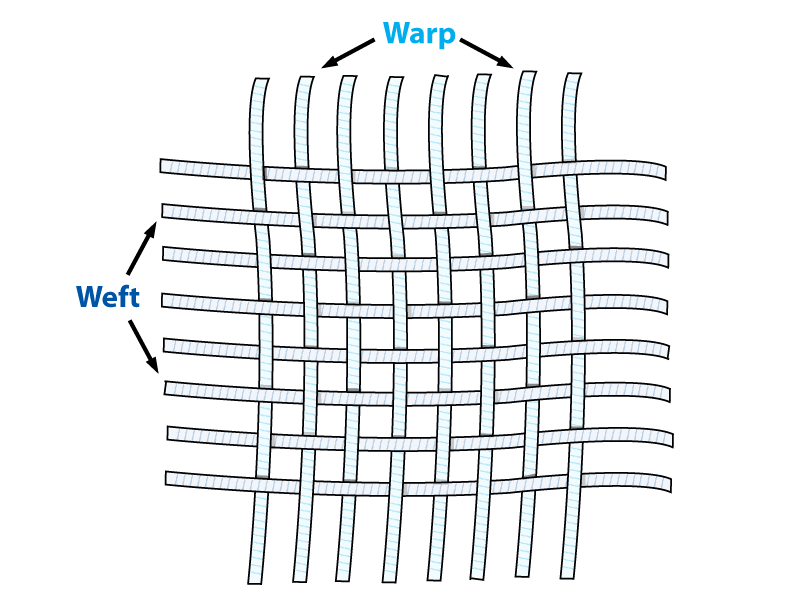
Thread count means the number of vertical and horizontal threads per square inch.
AGF’s fabric is also Oeko-Tex Tested. That means a separate 3rd part tests their threads, coloring chemicals and finished fabric to be the safest and highest quality fabric on the market. If I put cloth by your mouth and breath, I want the safest fabric there is.
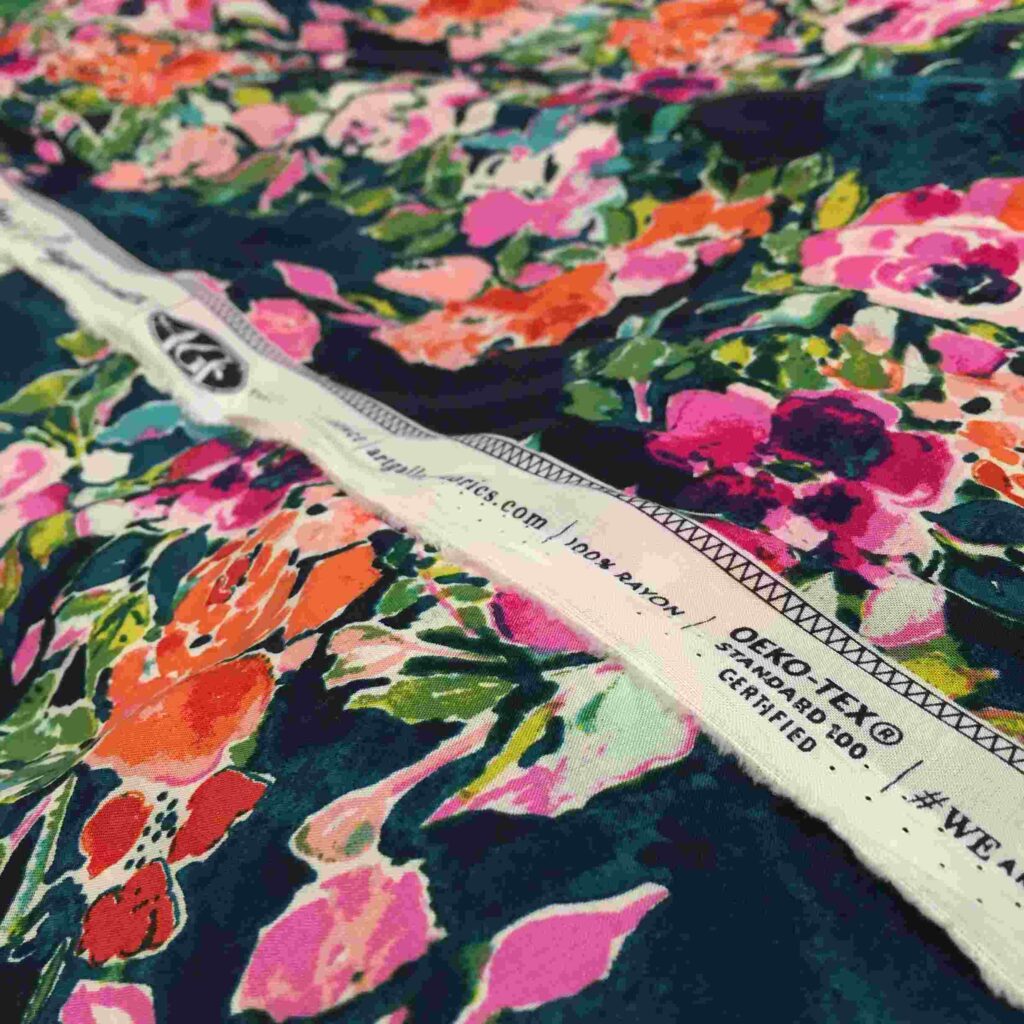
Notice the Oeko-Tex stamp of approval on the fabric selvage
WHICH PATTERN TO USE
If you are making a face mask, there are a lot of patterns to use. I recommend THIS ONE that the New York Times shared or THIS ONE from Happy DIY home.

I also love THESE 4 DIFFERENT MASKS that are easy to make.
WARNINGS
I want to make sure we don’t have a false sense of security with our face masks. Here is a reminder of what masks CAN and CANNOT do.
- Fabric masks do not protect from COVID-19. These masks are last resort options intended for use by healthcare professionals who understand the role they may play in their healthcare situation and have specifically requested them.
- Elastic loops may not be able to bleached and sanitized in some settings. Fabric ties can be used and are a good option.
- Use 100% cotton fabric that is pre-washed
- Masks MUST be sewn well – no frayed edges or missed seams
- If you are sick or have potentially been exposed to someone who is sick, please wait until you are recovered and out of danger before sewing masks
- Package masks in sealed plastic bags or plastic containers with lids.
- Locations are continually added
- When you send masks to a location listed on this site, please report it to us so that we can track fulfillment. Please ONLY send us count information for locations we have listed.
I hope you are all staying safe in the unique time. If you have any questions or comments that I can help with, please leave a comment. Take care, and stay safe!
